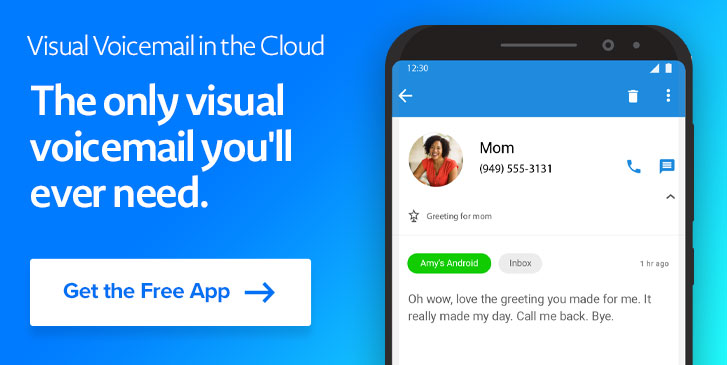Long ago, physicians believed that all illnesses stemmed from an overabundance of blood. If someone had a migraine or fever, a doctor might open a vein or slap a leech on them to alleviate their ailment. There was also a time when a milkman delivered milk to your doorstep, an iceman delivered a block to your icebox, and a cloth diaper delivery service was a necessity for new mothers. But, times change. Norms — and the businesses that cater to them — do too.
In this article, we cover:
You may not be aware of this, but each generation is different. That’s sarcasm of course, considering how much time and effort is devoted to “figuring out” millennials and Gen Z. People seem to generally embrace the narrative that younger generations lack maturity and a sense of what’s right. However, a lot of the difference is simply context. Of course the Silent Generation was frugal — they lived through the Great Depression! Baby boomers often rebelled against the systems their parents abided by embracing counterculture. All generational shifts are simply reactions to what came before.
It should come as no surprise then that data has come out that millennials don’t enjoy talking on the phone. Seventy-five percent avoid phone calls because they end up too time-consuming. Sixty-four percent want to avoid those whiny, needy people on the other end. Eight-four percent get anxiety before making a call. Even 29 percent are likely to avoid calls from friends, 25 percent avoid calls from family, and 21 percent from work.
Rather than write this off as “Oh, those crazy kids!” these statistics might make more sense than you think. Calls can be disruptive, annoying, and intrusive. Particularly in a world where texting, emailing, and DMs exist, a phone call can feel like someone saying “I need you to give me more of your attention than I deserve,” akin to knocking on the door unannounced and barging in for a conversation.
Obviously, a caller’s true intent is rarely quite so dramatic, but in the context of a constantly connected world where entire cultural movements are transmitted with a simple hashtag, a call can feel like a lot. The older and wiser among us should forgive the younger generation for feeling this
way — it’s just the context they were born into.
Turn That Voice Message Into Text
So how do we reconcile our differences? The traditional among us appreciate a hearty handshake and real, live face time. Many will accept a phone call instead, with a warm-blooded human on the other end and all the intonation and nuance that comes with it. But rather than force younger folk to accept rigid traditions, which may end up in them abandoning voice calls altogether, we suggest a new set of acceptable behaviors that may just suit everyone.
The key lies in visual voicemail and transcriptions.
Imagine your phone ringing. You’re in the middle of a project, so you let it go to voicemail so as not to lose your flow. “Why couldn’t they have just texted or Slacked me?” might be your initial thought, worried that you may have just missed a critical communication.
And sure, the visual voicemail that came with your phone is fine, but all it really does is allow you to selectively play your voicemails out of order. You know what kind of mixed bag voicemails can be. We’ve all suffered through voicemails that drag on and on for what seems like a lifetime. Get to the point already! Vanilla visual voicemail doesn’t solve this problem, except maybe when it provides a timestamp — “That voicemail he left me is three minutes long?! Oh no.”

Now imagine that you have next-level cloud-based visual voicemail. Not only can you access your voicemail from any device, but coupled with an excellent transcription service, your voice messages become text messages and/or emails. With a service such as YouMail’s voicemail app, you get visual voicemail, voicemail-to-email, and voicemail-to-text all in one. Now you can glean the content of a missed call at a glance and determine if you need to drop everything to call back or respond later. By transcribing voice into words, you can even perform a search for relevant information.
Voicemail Doesn’t Have to Be Daunting: An Example
Let’s say Bob in accounting leaves you a rambly three-minute voicemail. Bob’s a good guy and means well, so we’ll forgive his inability to get to the point. Thankfully, YouMail cuts the rigamarole of deciphering his stutters and tangents. Just a quick scan of the text transcription and — ah, he’s inquiring about missing data on the Covington account. You know what, Dave gave you those datapoints before on another voicemail. Great! But when was that exactly? No worries, you can just search your inbox for “Covington” and “Dave.” There it is: his original voicemail with the data you need transcribed. Copy, paste, and send Bob the data he needs over Slack. Wham, bam, thank you ma’am. Now back to the project you were working on with minimal disruption or time lost.
It’s really that easy. So while millennials and Gen Z may shy away from voicemail, they have their
reasons, and they’re valid. The answer isn’t to shake your fist at the downfall of human connection. Nor should younger folks completely abandon a viable form of communication. YouMail has the tools to make modern communications work for everyone.
Get started with your free account and download the app on iOS or Android today.
You might also like:
- Compare Voicemail Transcription Software: Which is Best?

- Empowering Communication: The Essential Guide to Professional Voicemail Setup

- How to Transform Your Smartphone into a Powerful Call Management Tool

- Live Voicemail not working? Try The Voicemail App That Does It All: Virtual, Forwarding, Text, and Email


